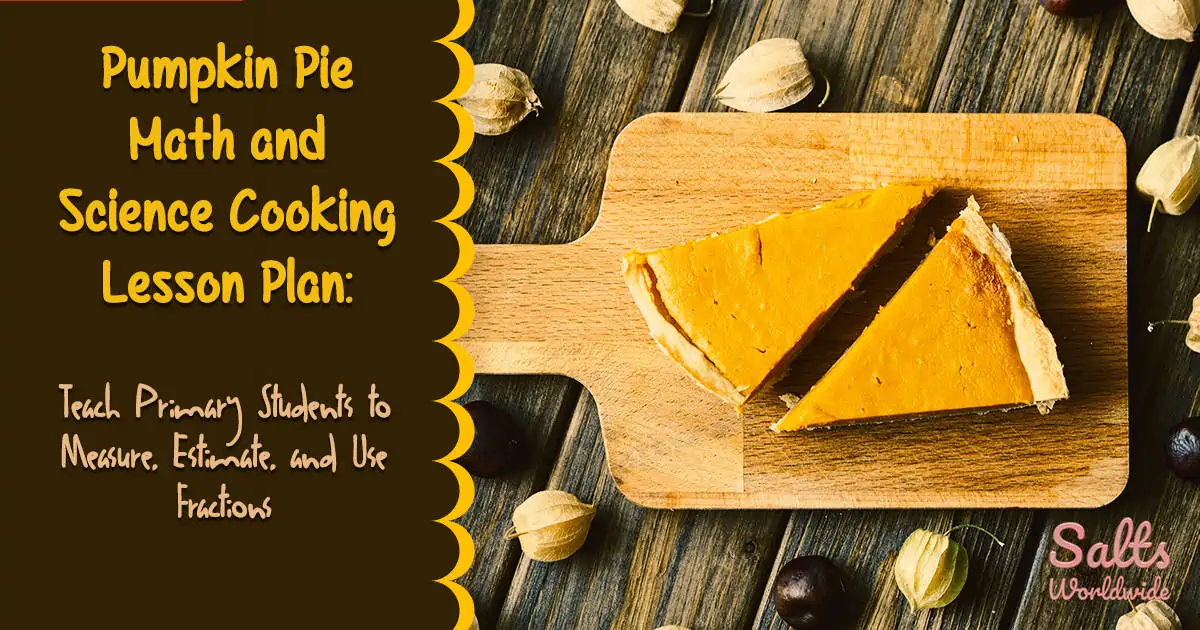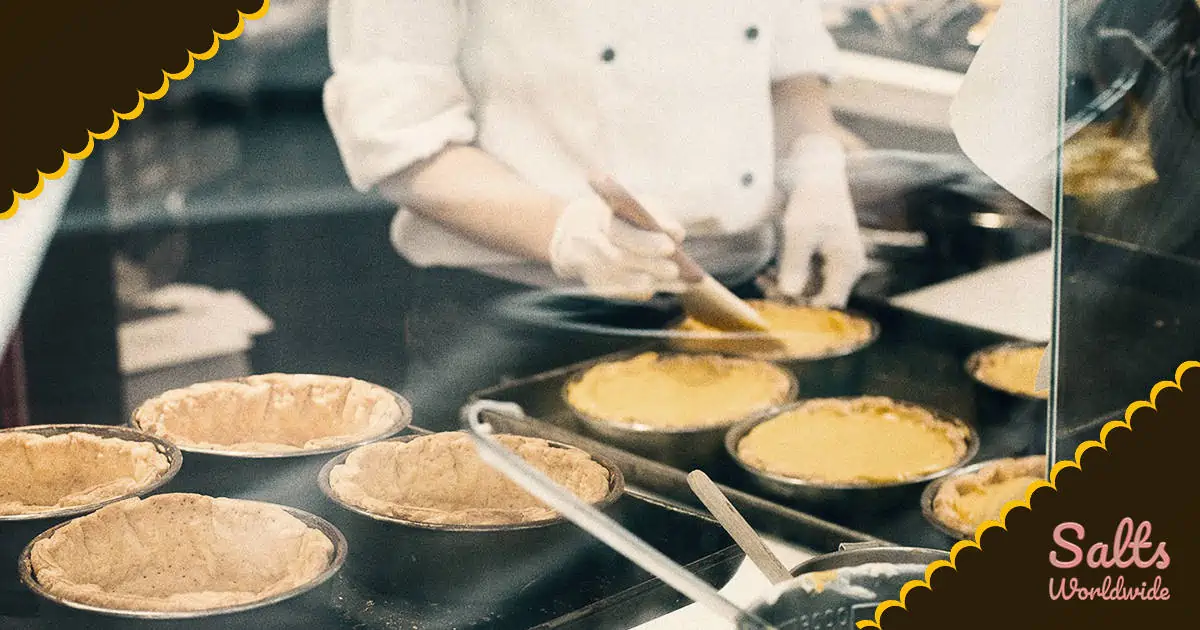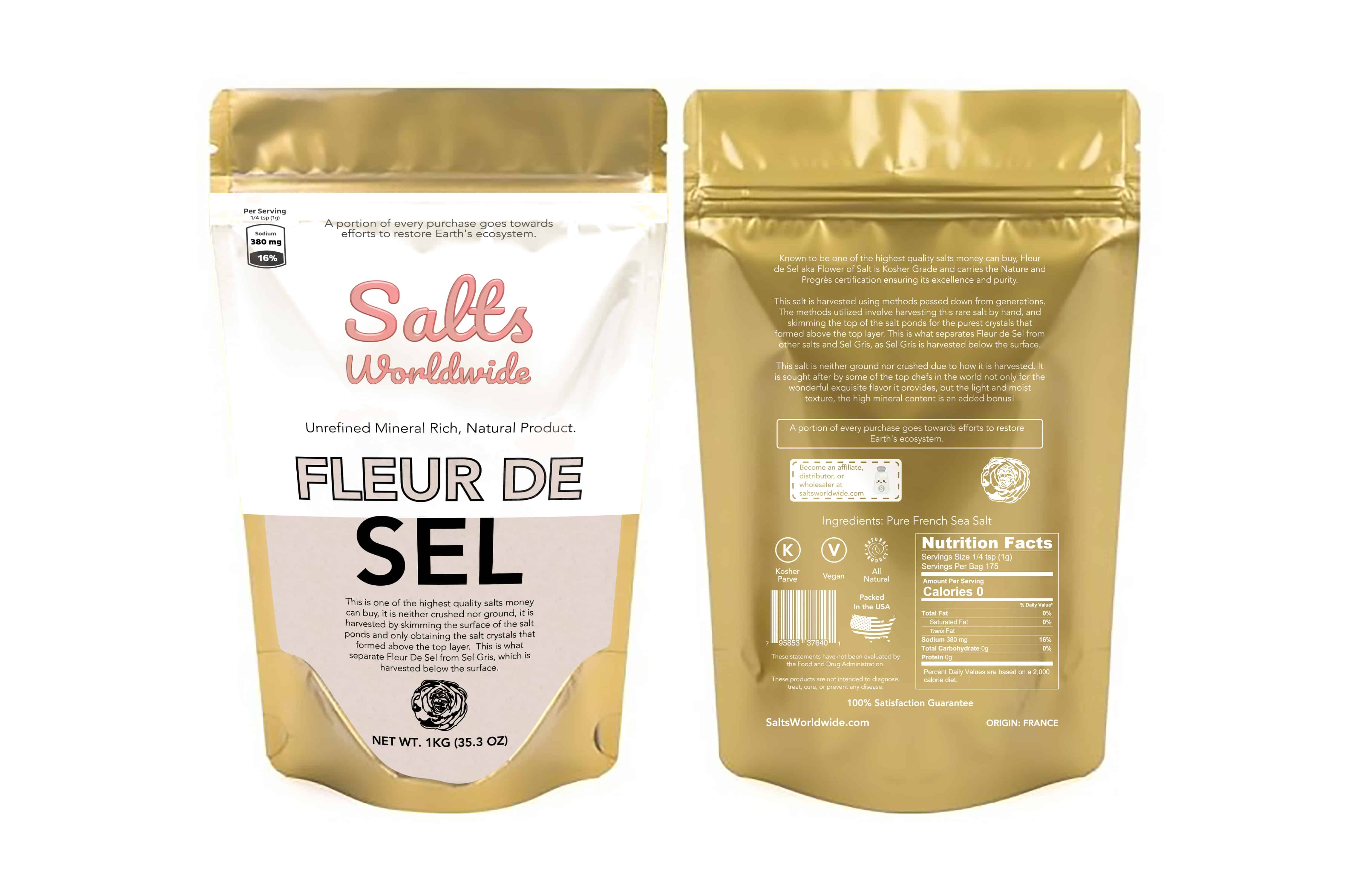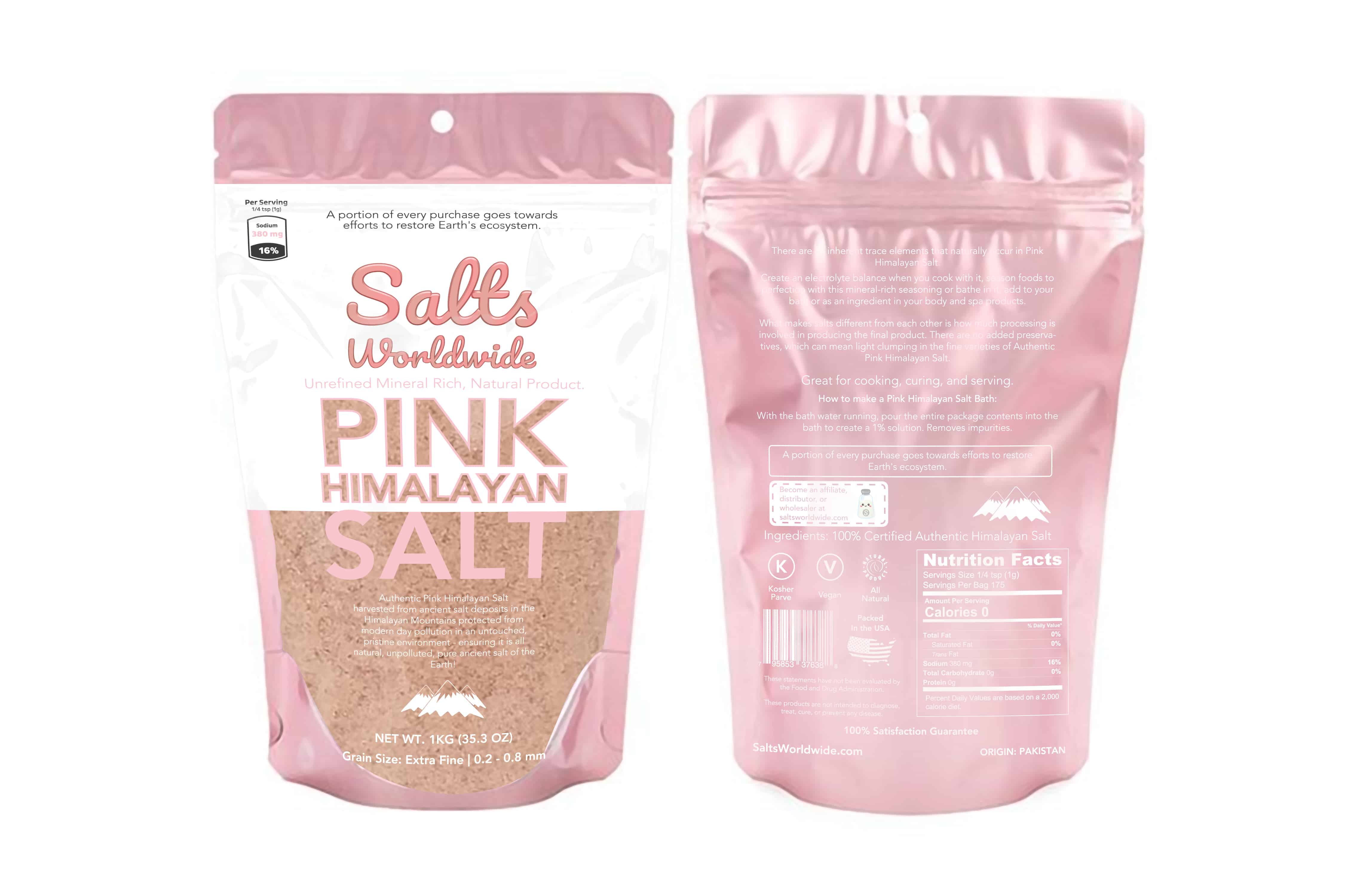Cooking is a fun way for primary teachers to make math and science come alive in the classroom. Math and science vocabulary terms and concepts are much easier for students to learn when the students get to experience what they are learning about.
Teachers can teach students to estimate, to use measuring tools, and the meaning of the vocabulary words while making pumpkin pie.
Table of Contents
Pumpkin Pie Cooking Lesson Materials
- Pie pumpkin
- 2 or 3 classroom objects
- Bathroom scale
- Carving knife, vegetable peeler
- Blender, mixing bowls and spoons
- 1 cup and ½ cup measuring cups
- 1 tablespoon, ½ tablespoon, 1 teaspoon, ½ teaspoon
- 2 c pumpkin puree
- 1 ½ c sour cream
- ½ c honey
- 2 eggs
- 1 T cinnamon
- ½ t ginger
- 1 t allspice
- 1 T vanilla
- ½ t nutmeg
- Premade pie crust
Elementary Math and Science Cooking Lesson Objectives
- Students will estimate the number of seeds in a large pumpkin.
- Students will define and illustrate the terms solid and liquid in their science journals.
- Students will use and orally identify a measuring cup, a tablespoon and a teaspoon.
- Students will explain in writing or pictures the fractional concepts of whole and half.
How to Estimate the Pumpkin’s Weight and Number of Seeds
The teacher places the pie pumpkin and three or four other objects on a table and asks the students to guess which one weighs the most and the least. The teacher guides the class to estimate the weight of the pie pumpkin. A student then checks the class’ estimate by weighing the pumpkin on the bathroom scale.
The teacher cuts open the top of the pumpkin and invites the students to help scoop out the seeds and pulp. The seeds are cleaned and dried. The teacher then shows the class how to count a small pile of seeds and use that pile to estimate the total number of seeds in the pumpkin.
Each student estimates the number of seeds and the teacher counts the seeds to check the accuracy of estimations. The students draw and label how they estimated the pumpkin’s weight and number of seeds in their science journals.
Teach Elementary Students the Science Vocabulary Words Solid and Liquid
The teacher peels the pumpkin, cuts it into chunks and discusses how it is a solid. The students draw and label the solid pumpkin chunks in their journals. The teacher then explains to the class that heat can change solids into liquids.
She demonstrates this concept by microwaving the pumpkin ten minutes at a time until it is tender and then pureeing it in the blender. The class views the pumpkin liquid and draws it in their journals.
How to Make a Pumpkin Pie and Teach Fractions and Measurement
The teacher reviews the fraction concepts whole and half with the class and show them the measuring cups and spoons. The class discusses the differences between the sizes and answers questions about the meaning of the terms.
The teacher has the students use the measuring tools to add the pie ingredients to the blender. The pie mixture is then poured into the pre-made pie crust and cooked for one hour at 350 degrees. The students record these steps in their science journals.
The teacher reviews the lesson with the students and has them add the new vocabulary terms and definitions to their journals.
Teachers can teach this lesson in conjunction with a thematic pumpkin unit, after a field trip, or while studying Thanksgiving. If pumpkins are not available teachers can use a plastic pumpkin and dried pumpkin seeds for the estimation lesson and canned pumpkin for the pie.
Fleur De Sel
A rare and expensive form of sea salt that is harvested in parts of France. Known to be one of the highest quality salts money can buy.




